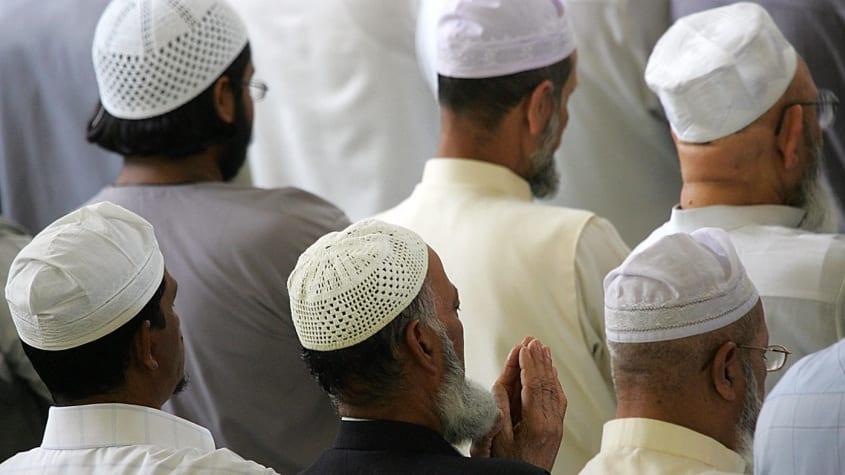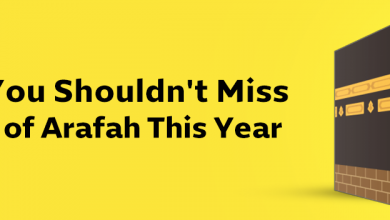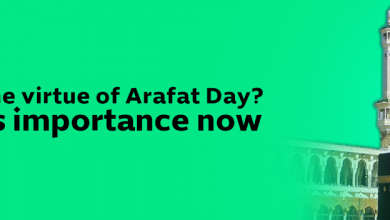Page Contents:
On August 9th, Muslims around the world celebrate the beginning of the new Hijri year, the beginning of the new Hijri Year dates back to the beginning of the Prophet’s migration from Mecca to Al Medina Al Monawra.
Islam relies on a lunar calendar, not a solar one, and therefore the length of the year is only 354 days. While the Islamic New Year is celebrated on the first day of Muharram as the first Islamic month, compared to Western calendars, the Islamic year advances by about 11 days each year compared to the solar calendar.
The date shown in this article is the date that is celebrated in most Islamic countries as the beginning of the New Hijri Year, and the date may vary in some countries for up to two days, as some countries rely on the basis of seeing the moon to determine the actual date, and for this reason, the date may not be announced as The official start of the Hijri New Year until a day before.
The History of the Islamic Hijri Year
This day is considered a public holiday in most Muslim countries, and the date appears on the right side of the calendar of each new year in every Muslim country.
The Hijri New Year represents the starting point for the Islamic era, as it aligns with the migration of the Prophet and his journey from Mecca to Medina on the first of Muharram in 622 AD.
The prophet Muhammad, may peace be upon him, needed to emigrate because some had the intention of assassinating him, thus, the Prophet chose to go to Yathrib, which is about 320 kilometers north of Mecca, today Yathrib is known as Al Medina, in modern-day Saudi Arabia.
Immigration provided freedom from the suffering that Muslims were receiving in Mecca, when the Prophet migrated to Medina, Muslims were saved from the persecution they witnessed from the pagans in Mecca, and after migration, the Prophet Muhammad, peace be upon him, declared in the constitution of Medina that Muslims are brothers within one identity of faith and belief. Umar ibn al-Khattab, a close companion of the Prophet Muhammad and the second caliph, adopted the Hijra as a reference point for the Islamic calendar in 638 CE or 639 CE.
The customs of celebrating the Islamic New Year vary, although it generally includes attending various religious activities, invocations, and religious gatherings. Traditions and customs vary between Sunni and Shiite Muslims, but in general, Muslims recite verses the Quran and hold prayers and sermons in public halls and mosques.
Muharram is known as the second holiest month in the Islamic year after the blessed month of Ramadan. On the tenth of Muharram, many Muslims celebrate Ashura to commemorate the martyrdom of Hussein bin Ali, may God rest his soul, the grandson of the Prophet Muhammad, may peace be upon him.
How the Islamic Year Celebrate the New Hijri Year
Just as the people of Yathrib celebrated the arrival of the Messenger of God, prophet Muhammed, may peace be upon him, chanting, and singing, celebrations of this holiday vary from one country to another.
Egypt:
This blessed day is associated in the lives of Egyptians with “Al Leila Al Kbeera” operetta, hanging festive decorations, and Mawlid brides. This is due to the Fatimid era, which was famous for celebrating this occasion with setting up tents, eating meat, reading the Qur’an and many other festive traditions.
Currently, Egyptians prepare tables with several kinds of meat along with couscous, which is a traditional meal. Some of these aspects have differed and have been limited to simpler traditions such as buying sweets for children. In Islamic neighborhoods such as Al-Hussein, decorations and lighting lanterns are hung, in addition to holding prayers, reading the Qur’an, reciting Du’a, and reviving the biography of the Prophet Muhammed May peace be upon him.
Tunisia:
In Tunisia, sheep are slaughtered and couscous prepared with porridge. Old women use henna and apply it to their hair and hands. Tunisian families exchange visits and maintain the ties of kinship.
Algeria:
Algerians prepare delicious foods such as couscous, rashta, and shakhkokha as one of the types of pastries. The custom of dras is celebrated in which a small child is placed on a large plate and then covered with sweets. The Prophet’s biography is recited, the Qur’an is read, and alms are distributed.
Syria:
The families of Aleppo are keen on distributing and eating sweets. Sambousek is prepared and distributed to families, neighbors, and the poor, with the aim of obtaining reward, asking for mercy for the dead, and reviving this blessed day.
Makkah:
The people of Makkah recite prayers and spread blessings, and this day is characterized by joy, and everyone is keen to eat molokhia, and milk is drunk with cardamom, which reflects joy and blessings.
Finally, if you are following us from any country in the Muslim world, where there are other festive traditions you would like to share? Don’t hesitate to share with us in the comments!






